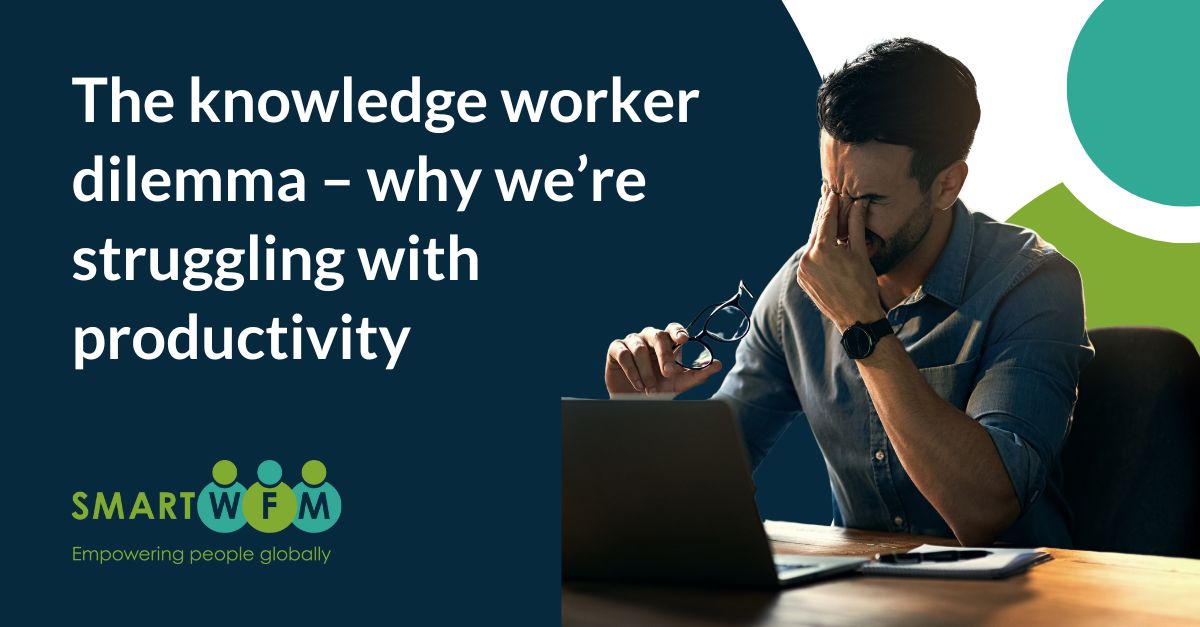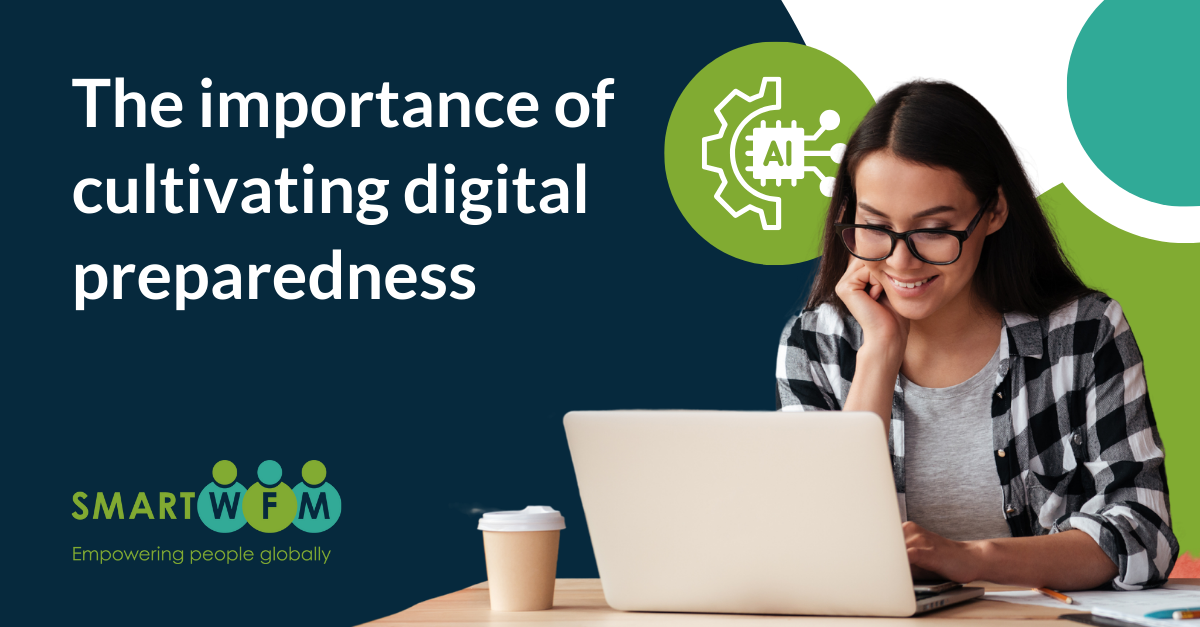Tech industry would do well to remember we're not all knowledge workers
Read the paradox of Australia's declining productivity despite the tech industry's boom, with an insightful analysis by Jarrod McGrath originally...
3 min read
 Jarrod McGrath
March 16, 2022
Jarrod McGrath
March 16, 2022

Read Jarrod's blog, originally published on HRWorld SEA, about the challenges hindering productivity growth in the Asia-Pacific region and explore why technology, despite its potential, may not be delivering the expected gains. From the resistance to change in work habits to the disconnect between technology solutions and real people's needs, discover how aligning technology with the workforce's demands is crucial for sustainable productivity improvements.
Across the Asia-Pacific region we’re seeing productivity growth slow. While there has been some reprieve from the pandemic – which has enabled the workforce to be more flexible and productive – without fundamental changes to how the workforce operates, these benefits will soon peak.
Productivity – one of the most widely used measurements to determine economic contribution – has become stagnant.
This is a simple and easily understood barometer for the output of a country, a business, a person – if a baker can bake an extra loaf of bread an hour, they are more productive and can likely command a higher wage for their services. In turn, the bakery can yield higher profits and/or reduce its prices to become more competitive, and at a macro level, this kind of productivity rise across the economy can increase GDP, improve wealth, and create competition.
Technology has always been a major driver of productivity, particularly in recent years as its adoption and advancement have dramatically accelerated.
However, there are signs we've hit a bit of a roadblock and that technology might not be making us as productive as it could be.
Across the Asia-Pacific region we're seeing productivity growth slow. While there has been some reprieve from the pandemic – which has enabled the workforce to be more flexible and productive – without fundamental changes to how the workforce operates, these benefits will soon peak.
We're creatures of habit, and sometimes that's to our detriment. Many of us would like to be more adventurous when, for example, shopping for dinner in a market or supermarket, but we tend to lean towards items and meals with which we're more familiar. Even if a healthier or more diverse dining experience would benefit us, inertia and habit can ground us.
The same is true in how we use technology in the workplace. Even if a new solution promises to make our working lives easier, time and time again ‘the old way’ remains and people are hesitant to try something new.
Staying in the supermarket, with our bread example, we could increase productivity with systems that help maintain consistent supply in the bread aisle, as well as enough staff in the checkouts (or enough working self-service checkouts) to serve shoppers. On the other hand, if those shoppers have a bad experience in terms of selection or service, they might leave, resulting in a reduction in the supermarket’s productivity.
If we look at the bread manufacturer, productivity can be improved by optimising the machinery, the line start-up times, the packing, the data available to operational staff on all of the above, and the communication between the coal face and management to ensure the whole operation runs smoothly.
A dramatic example, but if the bread is eaten by someone who didn't know they were allergic to gluten, they may need healthcare assistance. Their experience will be far more productive if the hospital systems in place for staff to easily register their availability, for managers to fill a suddenly vacant shift, or - as has very often been the case in the last two years - if workforce management procedures need to be quickly adapted to suit staff isolating or new government restrictions.
Why these industries lag in these kinds of solutions - which are plentiful in the market - is not due to a lack of investment in the right technology, but a lack of a concerted effort to align that technology to the needs of the real people using it.
Australian aged care facility Montefiore is a great example of an organisation bucking this trend - it invested in a new workforce management system to reallocate shifts for staff in isolation, automate rostering, and provide a better staff experience as the aged care industry endures a major talent shortage.
Technology is a tool to enable this kind of transformation, not the transformation itself. This is where the disconnect between technology solutions and the people they're supposed to help comes in - tech providers sell point solutions, a knowledge worker closed loop. The problem with that is that there are only around a billion knowledge workers in the world, less than a third of the global workforce.
That means the knowledge worker technology may not even be relevant to the rest of the global workforce.
Montefiore broke through largely by creating a new Workforce Logistics Leader role and appointing an experienced member of its clinical staff to it. They could champion the solution, ensure it was designed to meet peoples' needs, and work with those people to help them transition.
Better connection between people, processes, and technology doesn't just facilitate productivity – it ensures staff are paid accurately and fairly, with regular time and overtime correctly allocated, which avoids issues such as underpayment creeping in. It also ensures the organisation is compliant with human resources (HR) law, union guidelines, and the organisation's own policies.
Productivity may be a simple measurement, but changing workforce culture, embedding modern people innovation, and putting their needs at the heart of workforce management initiatives, is difficult and takes time. It's time for the knowledge worker industry to leave the bubble and show true value to us all.
Originally published by ETHRWorld Southeast Asia
Jarrod McGrath, March 16, 2022

Read the paradox of Australia's declining productivity despite the tech industry's boom, with an insightful analysis by Jarrod McGrath originally...

In my article on Consultancy.com.au, I delve into the importance of digital preparedness. I explore how organisations can build resilience against...

In a world where traditional office cultures are relics of the past, Jarrod McGrath talks about the evolving dynamics of workplace environments. The...